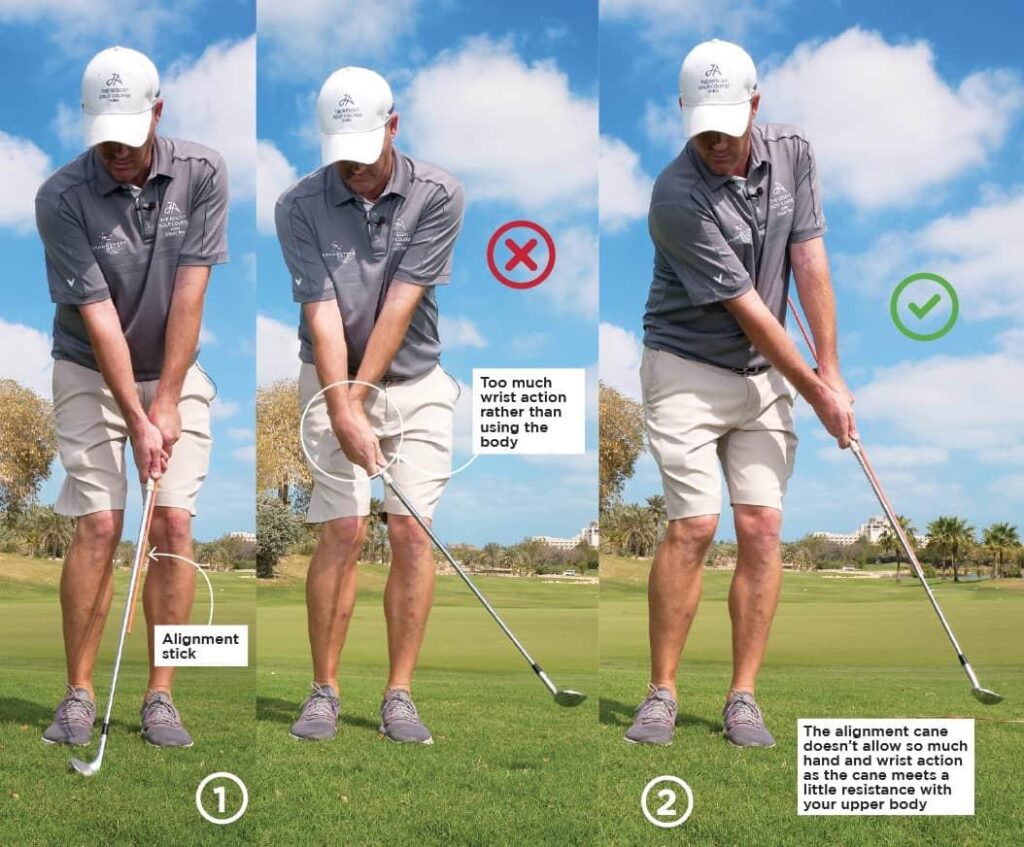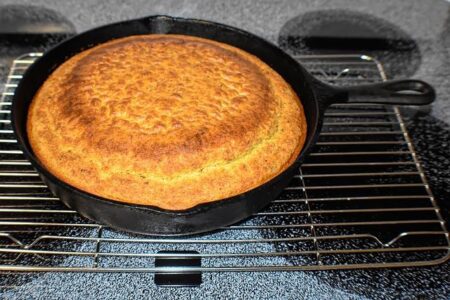In the world of golf, precision is paramount, and few skills exemplify this better than the chip shot. Whether navigating tight greens or escaping tricky lies, mastering the proper setup is essential for consistent, accurate results. This article delves into the fundamental techniques and positioning required to execute perfect chip shots, offering insights that both amateurs and seasoned golfers can use to improve their short game and lower their scores.
Choosing the Right Club and Grip Technique for Consistent Chip Shots
Choosing the ideal equipment is crucial to achieve reliable chip shots around the green. When selecting a club, most golfers gravitate toward the pitching wedge or sand wedge due to their loft and versatility. However, opting for a club with a slightly lower loft, like a 9-iron or gap wedge, can offer more control for longer chips with less roll. It’s essential to test different clubs during practice to discover which one complements your swing and desired shot trajectory. Remember, the goal is consistent contact and predictable ball flight, so the right club should feel comfortable and suited to your playing style.
The grip technique also plays a pivotal role in shot consistency. Many pros advocate for a light, relaxed grip that allows the wrists to hinge naturally during the stroke. Incorporating a choke-down grip-where the hands move slightly down the shaft-can enhance control and precision, providing a tighter connection to the clubhead. Additionally, using a neutral grip helps maintain the clubface square through impact, reducing the chances of slicing or hooking the ball. Here’s a quick breakdown of grip adjustments commonly used for chipping:
- Standard Grip: Hands positioned at the top, good for full control shots.
- Choke-Down Grip: Hands moved lower on the handle, enhances accuracy.
- Light Grip Pressure: Facilitates smoother wrist action and better feel.
Mastering Stance and Swing Mechanics to Enhance Control and Accuracy
Achieving pinpoint control in chip shots starts with anchoring your body in a stable, balanced stance. Position your feet shoulder-width apart, with the lead foot slightly ahead to promote a natural forward lean. This slight tilt toward your target encourages solid contact and helps the clubhead follow through smoothly. Remember, your weight should rest predominantly on the front foot-typically around 60-70%-to avoid unintentionally scooping the ball. Maintaining a relaxed grip pressure throughout the swing also enhances feel, enabling subtle adjustments that make all the difference in finesse shots.
When it comes to the swing itself, simplicity reigns supreme. The key lies in a controlled backswing that stays compact, followed by a smooth, accelerating downswing. Avoid excessive wrist hinge, as it can inject unwanted spin and inconsistencies. Instead, focus on rotating your shoulders and hips to generate power. Below is a concise breakdown of the ideal swing sequence for effective control and accuracy:
| Phase | Key Action | Why It Matters |
|---|---|---|
| Setup | Weight forward, feet stable | Ensures balance and solid contact |
| Backswing | Compact, limited wrist hinge | Maintains control and consistency |
| Downswing | Smooth acceleration, guided by body rotation | Promotes accuracy and solid strike |
| Follow Through | Controlled, minimal lifting | Prevents topping and chunking |
In Retrospect
In mastering the proper setup for perfect chip shots, golfers can significantly improve their short game and lower their scores. By focusing on stance, alignment, and grip, players of all skill levels can achieve greater consistency and control around the greens. As the fundamentals outlined here demonstrate, small adjustments in posture and technique pave the way for more precise and confident chip shots. For enthusiasts aiming to elevate their performance, adhering to these setup principles is a crucial step toward success on the course.








